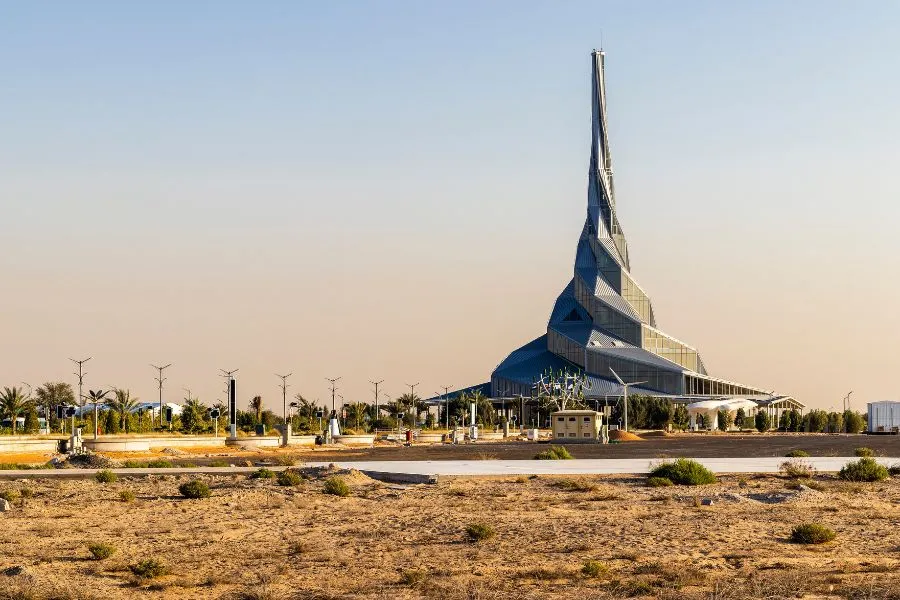Uranium is $128.30/kg
After enrichment, conversion and fabrication that’s $3400/kg for 4.95% fuel.
At 36-45MWd/kg and a net thermal efficiency of 25% or $12.5/MWh up front.
With a 90 month lead time (72 month fuel cycle and 18 months inventory) at 3% this is $16.2/MWh



The premium you’re placing on avoiding covering 1m^2 with a solar panel that produces a time-averaged 40W at $20/W is about $800
An overhead agrivoltaic system costs about $800k/ha at ~30% coverage (about double the price per watt of single axis or 3x fixed tilt) or $80/m^2 and increases yields by 10-300% if used on crops that benefit or in situations where water is scarce ir heatwaves are likely (hmm, wonder if that will be relevant). Cover 10m and you’ve saved 1m^2 ti 6m^2 of farmland for $800
So if it’s worth spending public money to avoid the former, then it’s worth doing the latter even without the electricity.
It also produces >2x as much electricity.
So which is it. Are you too stupid to comprehend basic arithmetic, or do you not actually care about land use, cost and enguneering challenges?
Your article states the “For agrivoltaic systems installed at a high distance from the ground, which is necessary to let the agricultural machinery operate under the solar panels, the costs are even higher compared to conventional solar plants.”
This was my entire point regarding agrivoltaic systems. This additional cost needs to be compared to the benefit of installing the system. This could also depend on many other factors such as the price of land and water availability. I have not seen a cost comparison and I am doubtful it will actually benefit the systems widespread use at this time.
You say that for €800, 1m² - 6m² of may be saved. In Germany, where this is being done, the price of farmland in the most expensive region is €63/m² with other regions being much cheaper. If you are able to understand basic arithmetic, you can clearly see that even in the best case scenario, this is not a good value proposition for farmers at the moment. This could change and it could become more valuable if the cost of land and electricity increase, and if the agrivoltaic system costs decrease, but not now.
Oh. So bad faith and stupidity.
I do not understand what you mean.